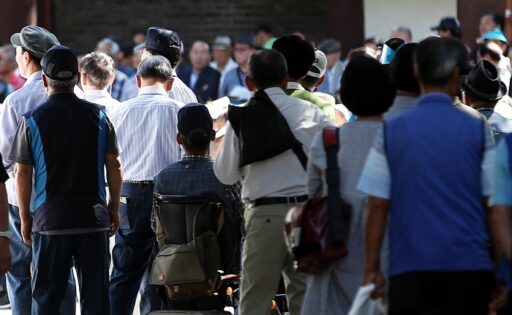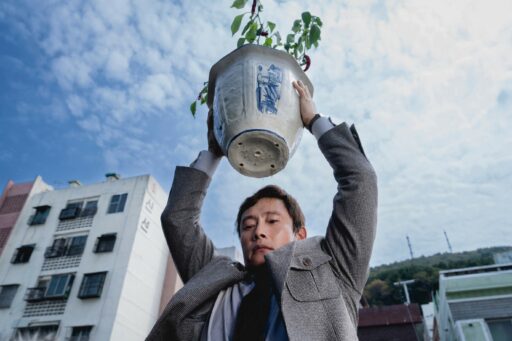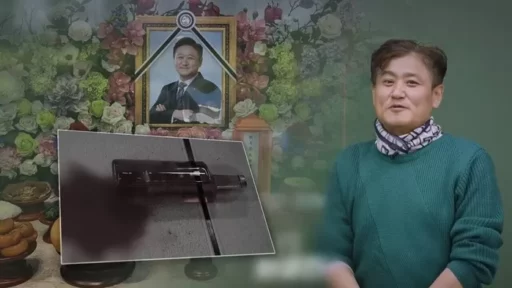South Korea's Elderly Suicide Rate Highest Among OECD Countries… Economic Hardship and Social Isolation as Major Causes
South Korea records the highest suicide rate among Organization for Economic Co-operation and Development (OECD) member countries, particularly with the suicide rate among individuals aged 65 and older being significantly higher than other age groups.
According to a study titled "Understanding and Preventing Elderly Suicide" published by Dr. Oh Dae-jong from the Mental Health Research Institute of Gangbuk Samsung Hospital in the Journal of the Korean Medical Association, the suicide rate per 100,000 population for those aged 65 and older is 40.6 as of 2023, approximately 1.5 times higher than the overall suicide rate (27.3).

Looking at the suicide rates by age group, there is a similar level maintained in the 40s (28.9) and 50s (29) and 60s (27), but a sharp increase is observed in the 70s (37.8) and 80s (60.6). Notably, the suicide rate among elderly men is much higher than that of women: in their 60s, men have a rate of 41.4 compared to 13.2 for women; in their 70s, men are at 61.9 while women are at 17.7; in their 80s, men reach 117.9, and women 30.9.
In the last five years (2019-2023), a total of 18,044 individuals aged 65 and older have committed suicide, which means about 10 elderly people take their own lives daily. This starkly highlights the serious issue of elderly suicide that our society faces.
Complex Causes of Elderly Suicide and the Need for Prevention
Dr. Oh Dae-jong identifies several factors contributing to older adult suicide: depression, physical illness, and social disconnection.
Depression in older adults often manifests with atypical symptoms such as apathy or anhedonia, which makes it difficult to detect. Additionally, the initial diagnosis of a physical illness is associated with a heightened risk of suicide, and the loss of a spouse or conflicts in significant relationships are also analyzed as risk factors for increased suicide risk.

"Elderly suicide is characterized by a complex interplay of various risk factors, including mental health disorders, physical illnesses, pain, economic difficulties, social isolation, and interpersonal conflicts," Dr. Oh explained.
He emphasized that "a distinction in understanding and approach is necessary compared to younger age groups."
Economic hardship is also highlighted as a crucial factor contributing to elderly suicide. According to the Ministry of Health and Welfare, as of the end of last year, the proportion of individuals 65 and older among all recipients of the National Basic Livelihood Security program was 42.8%, a 12.2 percentage point increase compared to 30.6% a decade ago in 2014. Particularly, 10.7% of the elderly population are basic livelihood recipients, indicating that 1 in 10 elderly individuals is facing economic hardships.
The statistics suggest that in order to prevent elderly suicides, a multifaceted approach is needed, including mental health care, economic support, and building social networks.
To address the issue of elderly suicide, there is an urgent need for societal attention and the establishment of a systematic prevention framework.
Image source: Data images for understanding the article / gettyimagesbank, Data images for understanding the article / News1


